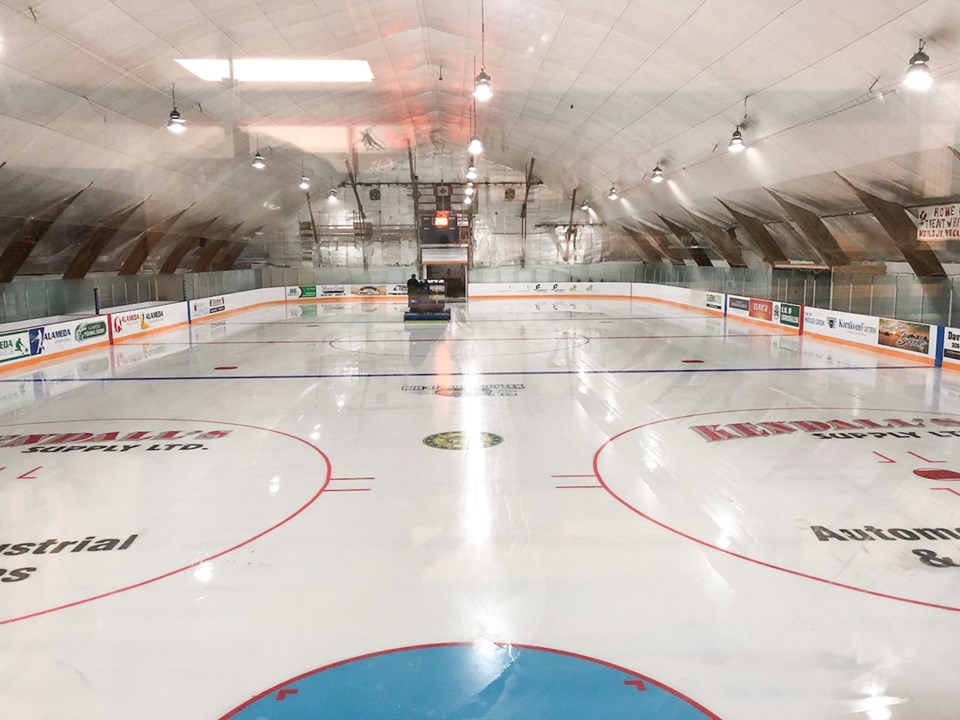“To say 2020 has been a year of adapting is an understatement. Hockey is no different; be it all the way from the NHL playing in their bubbles and no fans, all the way to Alameda Minor Hockey…adjustments need to happen,” says Dean Copeland, president of the Alameda Minor Hockey League states.
With the weather cooling down, hockey season is upon us all. It’s the centrepiece of most communities in small town Saskatchewan but with COVID-19 and new regulations, this community value that drives so many, is surely being tested.
“Coming up with plans to maintain exclusive groups and social distancing is extremely difficult and goes against the core values of hockey and sport where teamwork and togetherness are so vital,” Copeland said.
That being said, though, Alameda has gone through with opening up their doors to their rink and continuing to train and coach their players for the eventual upcoming season.
“Sport as a whole, is so much more than winning or losing, in fact I have always stressed to every team I have coached that the score is the least important. Teamwork, comradery, work ethic to name just a few are keys to success,” Copeland explains.
Alameda Minor Hockey does still plan to go forward with the season while ensuring proper social distancing protocols. They plan on having about three teams, (U7, U9 and U11). Unfortunately the ice level spectator area will not be accessible to the public. Copeland also explained that their four dressing rooms will be divided into halves with dedicated entry and exit doors. There have been partitions put in to prevent any access or traffic between the two sides of the rooms. Also, spectators who wish to sit indoors will have a separate entrance and exit than the players and coaching staff. They are also implementing a 30-minute buffer in between practice times to allow for proper sanitization. This buffer will also allow for proper cleaning of the lobby and common areas, which at all times will not exceed more than the 30-person limit.
“The additional cleaning measures as well as reduced revenue will be a major strain on our arena this year (as with any small town rink). Therefore, we as an association and in general are welcoming any and all donations to keep our rink operational” Copeland says.
Alameda has had to cancel many of their annual events this year due to COVID-19 such as the fishing derby, minor hockey fundraisers and the 64-rink bonspiel, therefore any and all donations from the public are extremely valuable.
Copeland finishes by stating: “Arenas are the backbone of any small town. It is a place where the young and young at heart can all meet and pass along stories of the past and look to the future. Here in Alameda it is common in the past to see players from the SJHL have a scrimmage with five-year-olds and every age in between. It facilitates exponential development for every age, inclusion, and friendship. We cannot afford to lose any of this … for that reason we will be opening our arena for hockey no matter the conditions that are put in place.”



